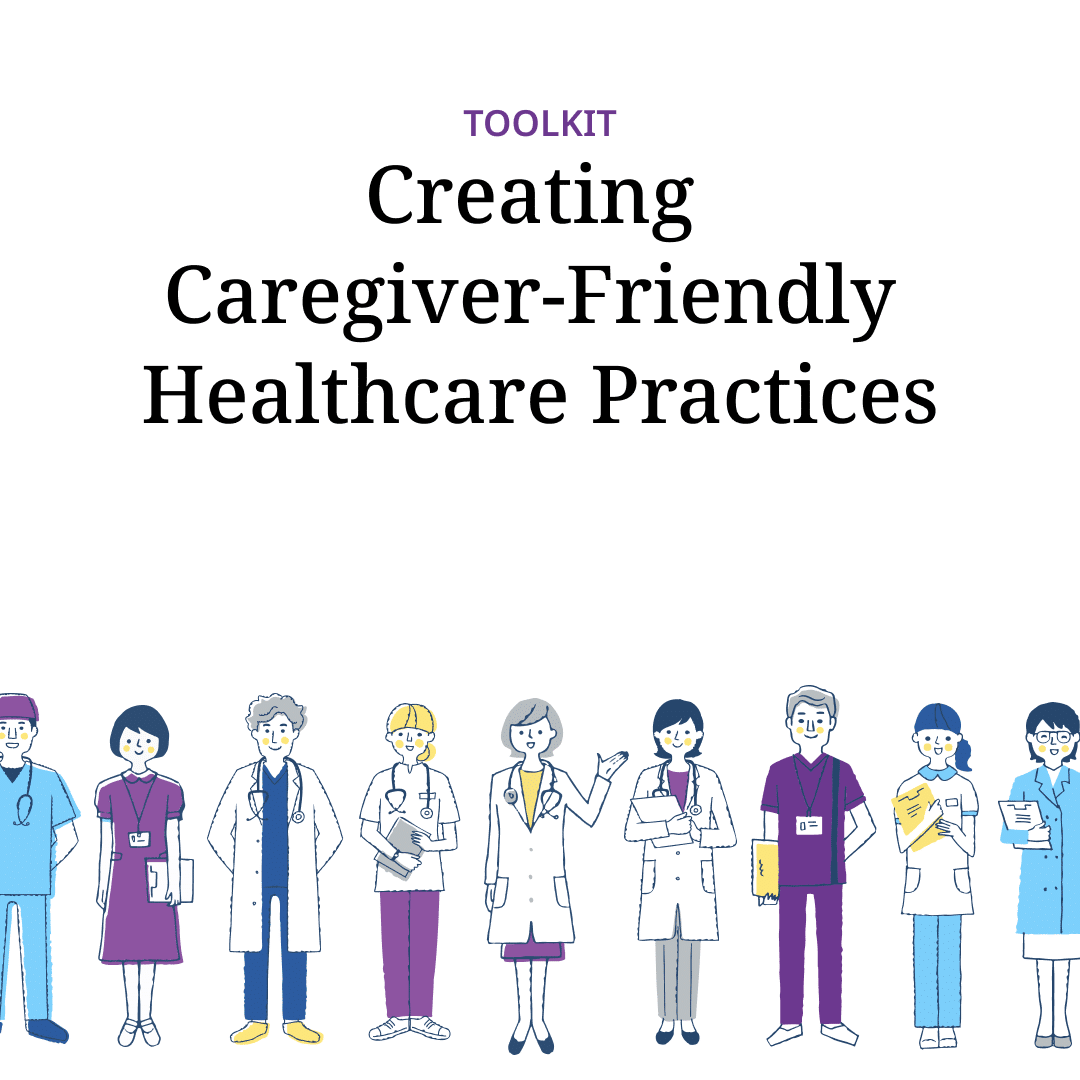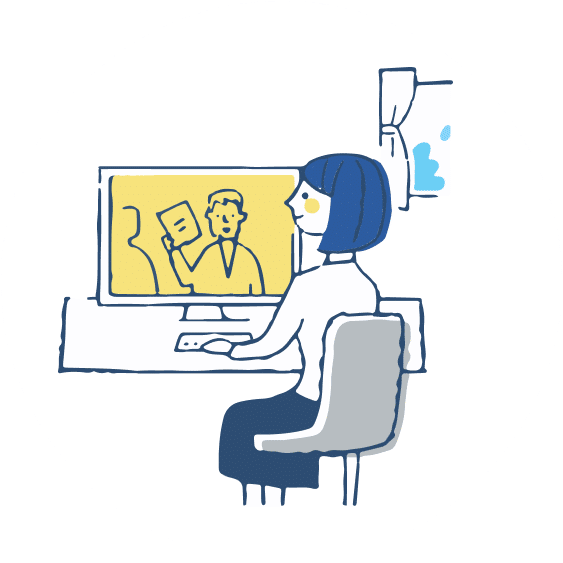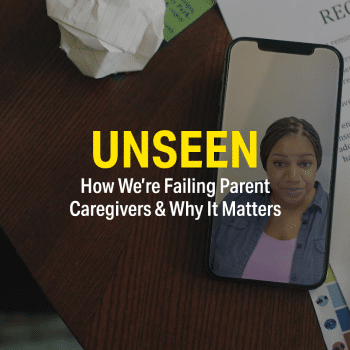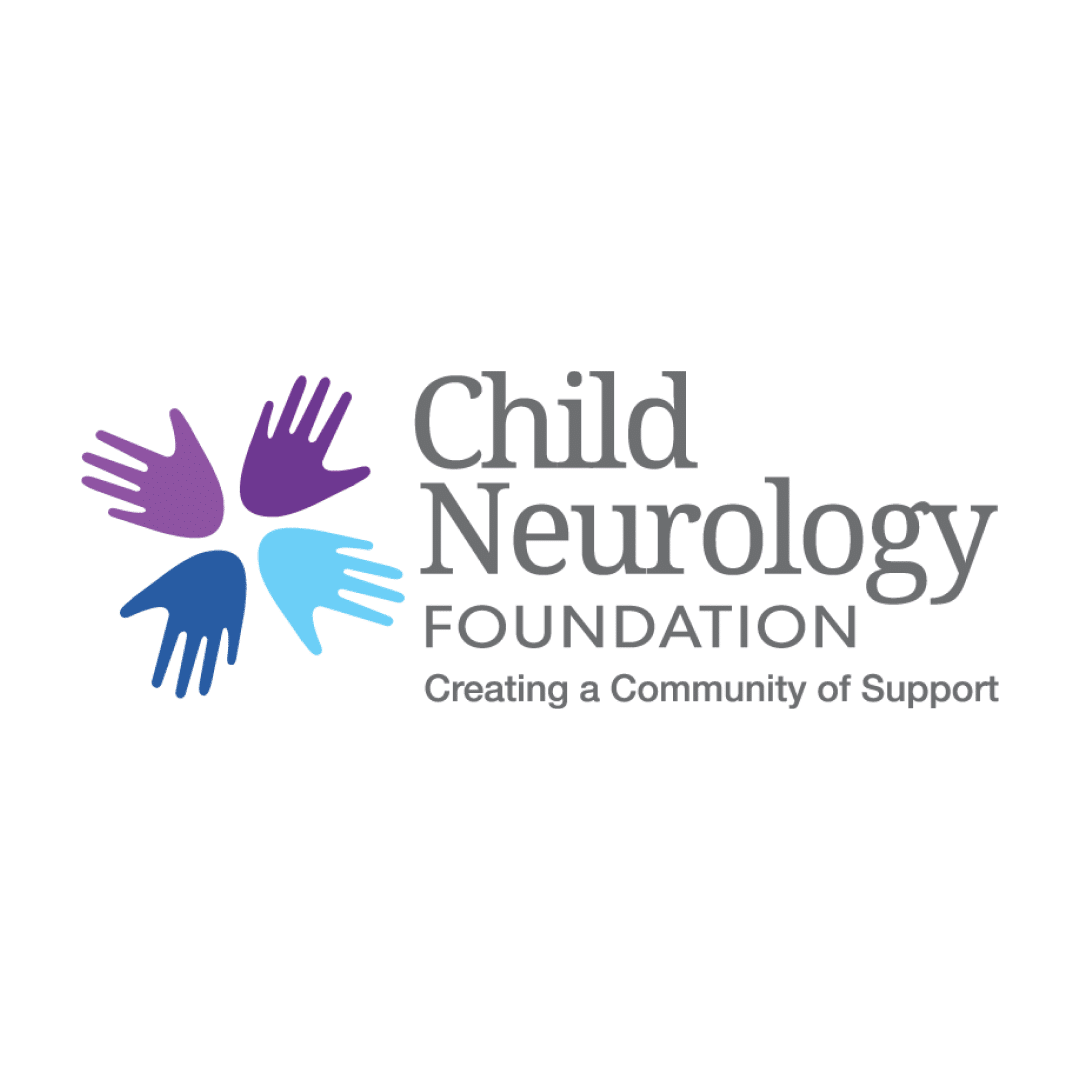
Explore the Caregiver-Friendly Healthcare Practices Toolkit
Learn how healthcare providers can improve outcomes by recognizing and equipping caregivers.
Caregiver-Friendly Healthcare Practices Toolkit
Created in partnership with

Clinicians work really hard to maintain patient satisfaction, safety, and compliance, and most care deeply about delivering high-quality, personalized care—a level of dedication that does not go unnoticed by clients and their families. But many clinicians may be surprised to find out that there are small but meaningful ways their practice is inadvertently creating difficulties for clients and caregivers.
Navigating the healthcare system as a caregiver poses unique challenges as they juggle multiple providers, complex treatment plans, scheduling and transportation, and other family demands. Drawing from real-world caregiver feedback, this article offers actionable strategies that will transform your practice into a more caregiver-friendly environment, ensuring that both patients and those who support them receive the thoughtful, coordinated care they deserve.
For caregivers and their dependents, the logistics of packing up everyone and everything and heading to the doctor’s office can feel overwhelming. It can include taking significant time off work or school and schlepping a lot of equipment back and forth. This kind of preparation takes loads of time, energy and resources—especially if the client sees several different doctors. So when possible, strive to make follow up appointments virtual or via phone.
Caregivers are often managing complex medical situations with little or no formal training, and will have questions and medical needs pop up in between appointments. No one wants to be a bother, but sometimes problem solving requires messaging back and forth with providers and staff. Answering messages in a timely manner goes a long way to equipping caregivers with the necessary information to meet the needs of their dependents and fulfill treatment goals. Using online client portals and email are also helpful tools to keep communication flexible and accessible.
Caregivers trust their clinicians are the medical experts. Yet nobody knows the client on an individual level as well as a caregiver does. A caregiver understands a client’s strengths and limitations and unique needs in a way clinicians simply cannot. Healthcare really works best as a collaborative effort. Don’t be afraid to take advantage of a caregiver’s unique insight. Just like clinicians, they only want to help their dependents be successful.
A client with disability or complex medical diagnoses may be required to see a multitude of specialists. Every specialist might be interested in the same clinical information. It’s exhausting for caregivers to answer similar questions over and over. If it’s possible to streamline forms and share data with other doctors, do it! Your caregivers will be eternally grateful.
Remember when you said you’d look into that clinical trial or new medication? Caregivers and their dependents sure do. It’s not that caregivers expect clinicians to work miracles. They just want to know you’re willing to work together and follow through. Follow up on goals and disseminate new information to demonstrate to clients that you keep your promises. It’s not easy with days scheduled down to the minute, but taking a moment to review the chart so you can jump in where you left off will help streamline the upcoming visit and build trust.
Dedicated medical office staff are the backbone of the healthcare system, and it could not function without them. But the reality is that offices are often understaffed and employees are stretched thin. This may mean that tasks like managing insurance claims, ordering medical supplies, and coordinating care fall onto the caregiver. While no one really enjoys those tasks, for caregivers with never-ending to-do lists, they can be especially burdensome. Taking the lead on managing logistics is a true lifesaver for caregivers.
Clients with disability or complex medical needs may have multiple medical appointments in any given week. This means a lot of time away from work or school. If possible, set aside appointment times before or after school/work hours for clients with frequent office visits in an effort to minimize these interruptions.
Given that healthcare facilities exist to serve those with illness and disability, one would expect them to prioritize accessibility for all individuals. However, many hospitals and clinics lack adequate ramps, elevators, accessible bathrooms, interpreters, and other basic accommodations. It sends the message that some people’s health and are less of a priority than others, and reinforces systemic inequalities. Going the extra mile with accommodations like universal changing tables or sensory-friendly areas is a game-changer for caregiving families.
All healthcare team members should be aware of the need to provide culturally competent care to clients and their caregivers. Consider implementing training that educates all team members on effectively meeting the needs of patients and caregivers. A client’s interaction with the doctor is only a small piece of the appointment experience. Front office staff, nurses, technicians, and assistants all play an important role in making every office visit a success.
Here are ways you can get started:

Learn how healthcare providers can improve outcomes by recognizing and equipping caregivers.

The “Unseen” documentary gives an unfiltered, honest glimpse into the lives of caregivers and their families.

The Child Neurology Foundation connects partners from all areas of the child neurology community so those navigating the journey of disease diagnosis, management, and care have the ongoing support from those dedicated to treatments and cures.

Sign up to get notified about upcoming screenings, new bonus content releases, and get a 10% off coupon for our mech store!